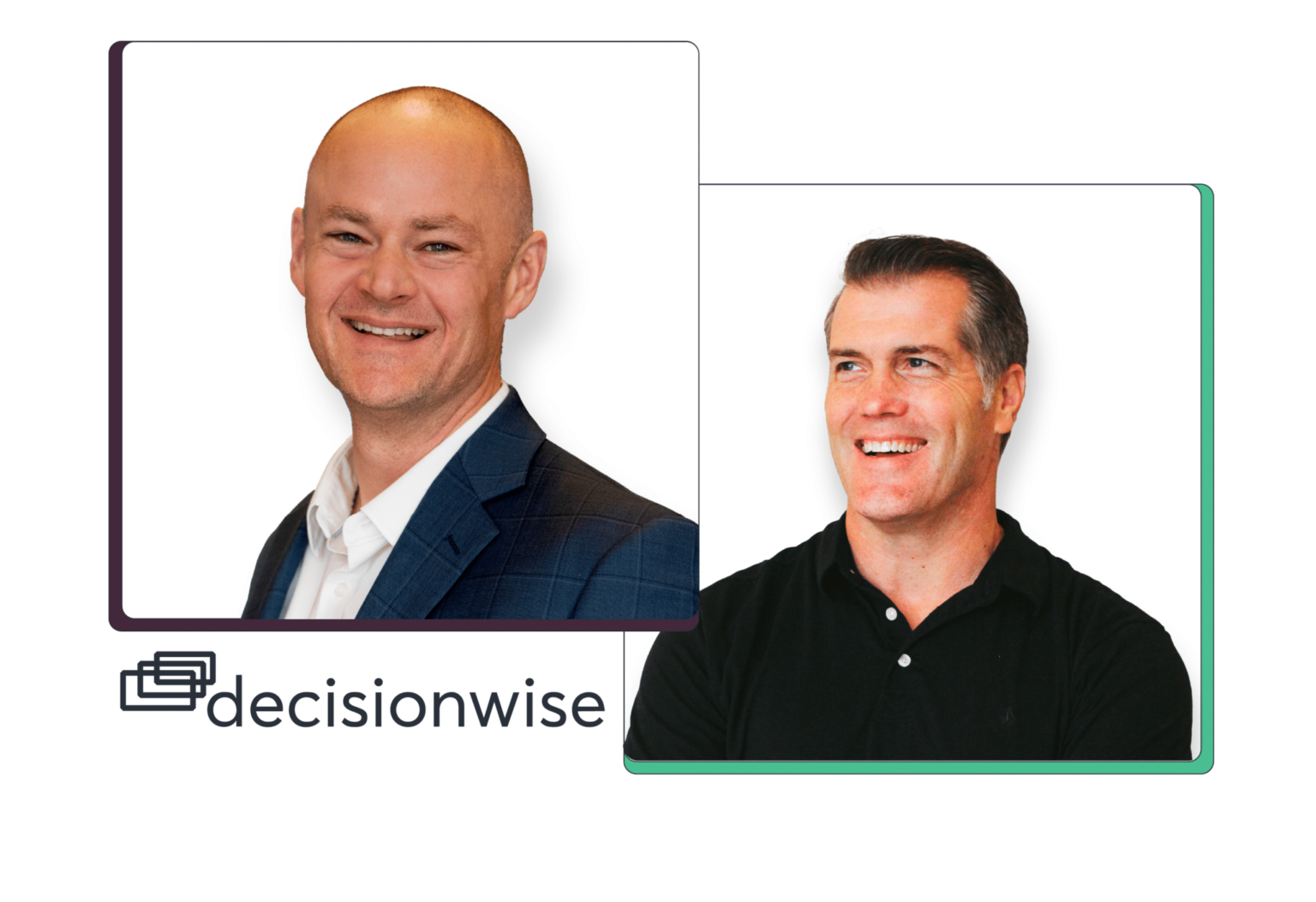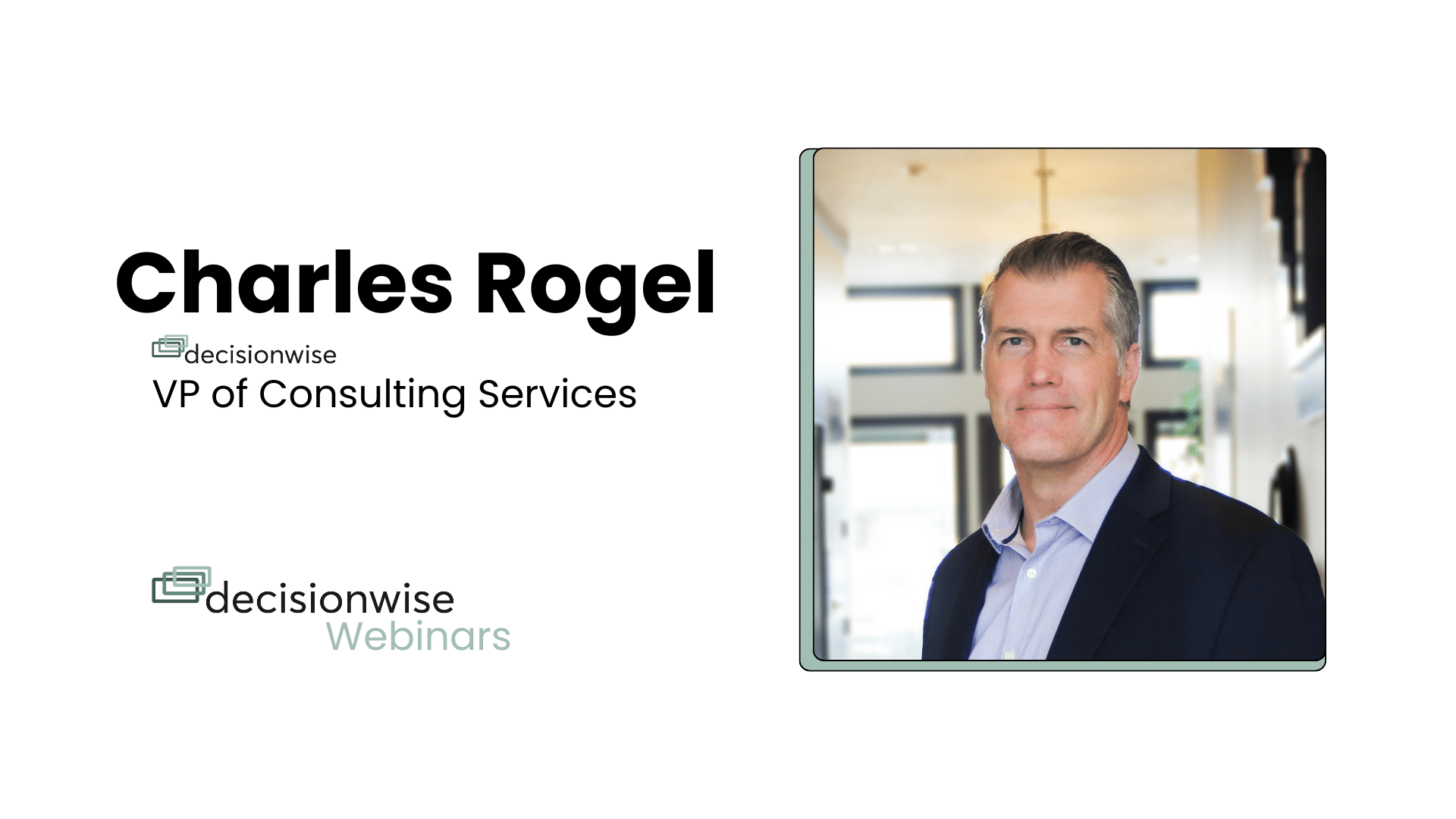Workforce engagement is a critical factor in the success of any organization. Engaged employees are more productive, less likely to leave, and contribute to a positive work environment. However, boosting employee engagement is not a one-size-fits-all endeavor. It requires a strategic approach tailored to the unique needs and culture of your organization.
This article offers 7 simple and practical suggestions for any manager (and supporting HR business partners) seeking to improve their team’s overall engagement.
Workforce Engagement Pays for Itself
Before delving into strategies for enhancing workforce engagement, it is crucial to understand why engagement is significant. Consider the following key statistics that underscore the advantages of fostering workforce engagement:
Employee Productivity
Engaged employees are more emotionally invested in their jobs and motivated to put more effort into their work. According to an Aon Hewitt analysis of 94 global companies, each percentage point of employee engagement improvement correlated to a 0.6% increase in sales growth.
Employee Turnover
Companies with highly engaged employees experience 41% less turnover. Similarly, organizations in the bottom quartile of engagement scores experience significantly higher regrettable attrition.
Customer Satisfaction
Engaged employees often lead to higher customer satisfaction. Companies with an engaged workforce show a 10% improvement in customer ratings.
Profitability
Companies with highly engaged employees have earnings-per-share levels 2.6 times higher than companies with low engagement scores. In addition, companies with an engaged workforce enhance profits by 21%.
7 Practical Tips
With these important benefits in mind, here are seven practical recommendations on ways leaders and HR professionals can improve workforce engagement:
1. Increase Leadership Availability
During the pandemic, many organizations saw an uptick in engagement scores due to increased visibility and authenticity of leaders. Leaders became more relatable as they navigated the same challenges as their employees. As we reflect on lessons from the pandemic, one key takeaway is the importance of maintaining this level of accessibility and visibility. Ask employees if they feel that senior leaders understand what it is like to do their jobs. You will find a direct correlation between this question and overall employee engagement.
2. Create a Compelling Future
Employees must have confidence in their organization’s future success. Skepticism about the organization’s prospects can result in lower engagement scores. Winning is crucial because it signifies achievement, effectiveness, and the value of each employee’s contributions. It also instills a sense of purpose and pride in their work. Take the time to show your team how their efforts contribute to the organization’s mission and emphasize victories whenever feasible. Help employees recognize that the organization positively impacts both the community and the marketplace.
3. Connect Work to Personal Values
Empower employees to link their work to their personal values and passions. This connection not only reduces work-related stress but also enhances enjoyment, ultimately leading to higher engagement levels. Discovering meaning in one’s work serves as the cornerstone for building a strong bond between an organization and its workforce. Meaning can arise from the direct tasks employees perform or from the knowledge that their jobs contribute to creating happy families and resilient communities.
4. Provide Continuous Training Opportunities
Providing ongoing training opportunities is a crucial factor in boosting employee engagement. By utilizing learning tools, technologies, and attending industry conferences, employees can enhance their skills and knowledge. This demonstrates the company’s commitment to their professional growth. It is essential for employees to recognize how their affiliation with the organization contributes to their personal development. Take the time to create individualized development plans for each employee you manage.
5. Use 360 Feedback
360-degree feedback serves as a potent tool for enhancing engagement. It offers a comprehensive, multi-dimensional evaluation of leaders, pinpointing discrepancies between desired and exhibited behaviors. This valuable feedback can be utilized to coach leaders and enhance the overall employee experience. Self-awareness emerges as a critical characteristic that successful employees and leaders cultivate. Beware of blind spots!
6. Empower Your Deskless Workforce
For organizations with deskless workers, addressing challenges such as limited technology access and communication barriers is crucial. Implement strategies like mobile-friendly tech and effective communication to enhance their experience, fostering innovation and boosting engagement.
7. Foster a Sense of Belonging
Creating a sense of belonging is a powerful driver of employee engagement, maybe the most important driver. Building belonging can be achieved by focusing on inclusion and diversity, recognizing individual contributions, and creating opportunities for social interaction. Here are a few specific strategies that managers can employ to create a stronger sense of belonging among team members:
Inclusive Communication:
-
- Listen Actively: Encourage open dialogue and actively listen to team members. Show genuine interest in their ideas, concerns, and experiences.
- Regular Check-Ins: Schedule regular one-on-one meetings with team members. Use these sessions to discuss their goals, challenges, and personal aspirations.
- Transparent Communication: Be transparent about organizational changes, team goals, and performance expectations. Transparency builds trust and a sense of shared purpose.
Promote Team Bonding:
-
- Team-Building Activities: Organize team-building events, workshops, or outings. These activities help team members connect on a personal level.
- Celebrate Milestones: Acknowledge birthdays, work anniversaries, and personal achievements. Celebrate as a team to strengthen bonds.
Acknowledge Individual Contributions:
-
- Public Recognition: Recognize and celebrate individual achievements in team meetings or through company-wide announcements. Highlight how each person’s work contributes to the team’s success.
- Personalized Appreciation: Tailor your appreciation to each team member’s preferences. Some may prefer public recognition, while others appreciate a private thank-you note.
Create Inclusive Rituals:
-
- Welcome Rituals: When new team members join, create a warm welcome. Introduce them to the team, share their background, and make them feel included.
- Team Traditions: Establish team traditions, such as weekly lunches, Friday coffee breaks, or monthly team outings. These rituals strengthen connections.
Diversity and Inclusion:
-
- Embrace Diversity: Value and celebrate diversity within the team. Encourage different perspectives, backgrounds, and experiences.
- Address Bias: Be aware of unconscious biases and address them proactively. Ensure fair treatment for all team members.
Encourage Social Interaction:
-
- Lunches and Breaks: Encourage team members to have lunch together or take breaks as a group. Informal conversations build relationships.
- Social Events: Organize social events outside of work hours. Whether it is a team dinner, bowling night, or volunteering together, these activities strengthen bonds.
Lead by Example:
-
- Show Vulnerability: Share your own experiences, challenges, and growth journey. When leaders are authentic, it encourages others to do the same.
- Model Inclusion: Demonstrate inclusive behavior. Be respectful, considerate, and actively involve everyone in discussions.
Conclusion
In conclusion, boosting workforce engagement is a multifaceted challenge that requires a strategic and tailored approach. By implementing these strategies, HR professionals can create a work environment where employees feel valued, connected, and engaged, leading to a more productive and successful organization.
DecisionWise Can Help You Measure Your Engagement Efforts
To effectively measure your engagement efforts, DecisionWise offers a powerful tool: Spectiv®. This tool gives you access to powerful libraries of engagement questions, automation to streamline employee participation, and robust reporting and analytics for deep insights. DecisionWise has refined its engagement measurement practices since 1996, and has created an Engagement Index to better categorize employees. To learn more about how DecisionWise can assist you in measuring and enhancing your workforce engagement, contact us, and a member of a team will help you learn more.




